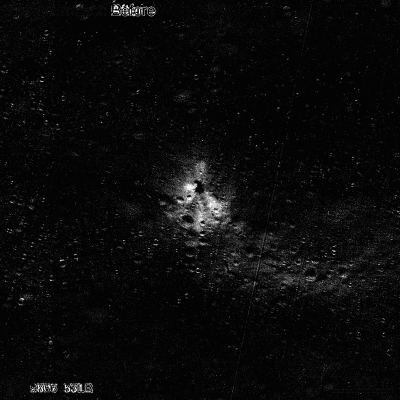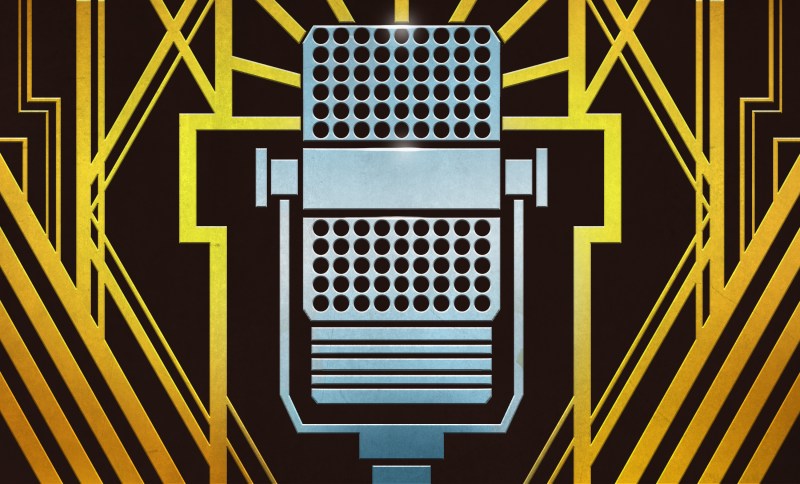
Hackaday editors Elliot Williams and Mike Szczys highlight the most delightful hacks of the past week. Need a random-number showpiece for your office? Look no further than that fish tank. Maybe the showpiece you actually need is to complete your band’s stage act? You want one of Tristan Shone’s many industrial-chic audio controllers or maybe just a hacked turntable sitting between your guitar and amp.
Plus citizen science is alive and well in the astronomy realm, and piezo elements are just never going to charge your electric vehicle.
Take a look at the links below if you want to follow along, and as always tell us what you think about this episode in the comments!
Take a look at the links below if you want to follow along, and as always, tell us what you think about this episode in the comments!
Direct download (60 MB or so.)
Episode 046 Show Notes:
New This Week:
- Mike built something with MQTT
- New Contest: Tell Time
Interesting Hacks of the Week:
- DIY Music Controllers For Raging With Machines
- Guitar Effect Built From An Old Record Player
- Conductive Tape Current Capacity Comparison
- Generating Random Numbers With A Fish Tank
- David Williams Is “FPGA-Curious”
- Swapping The ROMs In Mini Arcade Cabinets
Quick Hacks:
- Elliot’s Picks:
- Mike’s Picks:
















Thank you for the kind words re: my Superconference talk! New goal: being the best FPGA-hole I can be, (-:,
Also, for the record, I am not a professor. Just an engineer / hobbyist.
For (much) more information about Pipelines see https://davidthings.github.io/spokefpga/ and find the Pipelines diatribe.
Sorry about the professor slight! Don’t take it the wrong way. Coming from me, it’s a compliment.
Really loved your talk, and Mike and I ended up discussing it for like 20 minutes, most of which sadly couldn’t make the cut for time reasons.
Mike mentioned the Arduino ecosystem, and how the killer app there is “drivers” for nearly every possible device, facilitated by the Arduino “hardware abstraction layer” making it easier to port across devices.
While this (C language?) driver-level software is missing still in the soft-CPU/FPGA ecosystem, my guess is that if the community worked on a small set of (verilog) peripheral gateware implementations, it would be even easier to make an overarching library. If you don’t have to port across disparate microcontroller vendor’s implementations of timer/counters, for instance, you don’t need a HAL.
I think some base of soft-CPU and interconnect standard could make this happen. This is still all a vague inkling in my mind yet, and I don’t know if it makes more sense to write a higher-level HAL or to make the peripherals all match, but it’s interesting to have the choice. We’ll see what the community comes up with.
“FPGA-hole” is awesome. I might have to get stickers printed.
Instead of doing a twilight time maybe you should make a simple light sensor for cloudy days. You could use a security/web cam, an esp8266, or even a your pi with a light sensor.
Re: the viewmaster and blink comparator
You can look at the two photos with your eyes crossed like with stereo images. When features are offset between pictures, you perceive them as shift in depth (stereoscopic effect), whereas features which are present in one picture but not the other appear as shimmering blinking objects because of binocular rivalry. This beats the blink comparator and subtracting the photos because they don’t need to be perfectly aligned.
Slight perspective errors don’t matter because your brain takes that into account, and your eye muscles will actually correct slight rotation errors automatically to align features because that’s what we do anyhow. I always use this trick to beat the “Mordillo find them” game, or those “find five differences” puzzles in newspapers.